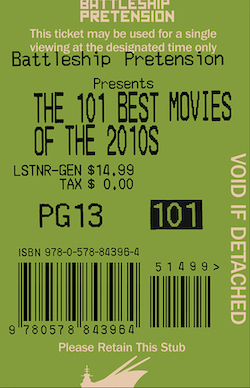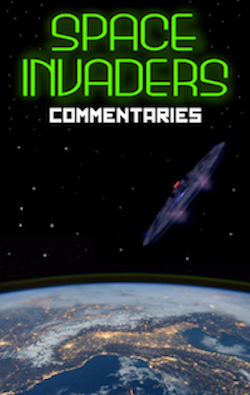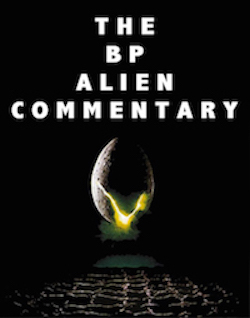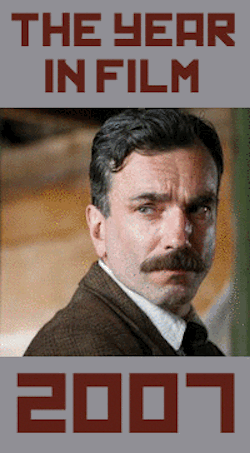Crisis: Of Imagination, by David Bax

Let’s be honest. The deep bench cast list of Nicholas Jarecki’s Crisis is both the main reason many will want to see it and–in at least one case–the main reason others will stay away. Gary Oldman–not without baggage–is a big name and a big talent. And Evangeline Lilly is bathed in the glow not just of her career-making turn on Lost but also of her roles in major franchises (The Hobbit, Ant-Man). But, in a short period of time, Armie Hammer has gone from smart, hot movie star to a figure associated with reports of bizarre and repulsive serial harassment. Beyond those three headliners, though, Jarecki (in the follow-up to his smart and mature fiction feature debut, Arbitrage) has assembled a murderer’s row of character actors, from Greg Kinnear to Michelle Rodriguez to Mia Kirshner to Martin Donovan to Luke Evans and more. Apparently, Jarecki thought that meant he could half-ass everything else.
Crisis tells three stories, two of which eventually connect while the third represents a bigger picture view of the issues at hand. In one, Hammer’s Jake Kelly is an undercover DEA agent trying to expose a Quebec-to-Michigan pipeline of illegal opioids. In another, Lilly’s Claire Reimann–a recovering addict herself–loses her teenage son to an overdose. And in the final tale, Oldman’s Dr. Tyrone Bower is contracted by a pharmaceutical company to conduct animal trials and then pressured to keep his mouth shut when the tests don’t say what his bosses want them to.
Lilly fares the best of the three, mostly because she has the only main role that doesn’t require her to constantly recite facts and figures about the legal and illegal dangers of opioids. Oldman is seasoned enough to suggest an individual underneath the mouthpiece. But Hammer comes across as a guy just playing pretend, everyone’s favorite teacher roped into participating in a skit at the D.A.R.E. assembly.
It certainly doesn’t help anyone that Jarecki was apparently so intent on cramming as much information into Crisis as possible that everyone always seem to be speaking as quickly as they can. Walk-and-talk scenes play like competitions to see who can recite the most dialogue before they run out of hallway.
With the sprawling cast, the loosely related storylines and the focus on drugs, the clear model here is Steven Soderbergh’s Traffic. While that film also suffers from a bit too much clunky infotainment, it’s a masterpiece compared to this stale retread.
From beginning to end, Jarecki has composed a film whose sole purpose is to dramatize lessons. Characters and structure are subservient to that aim. To keep with the Soderbergh comparisons, it’s more Side Effects than Unsane. But all of these movies are better than Crisis.




























